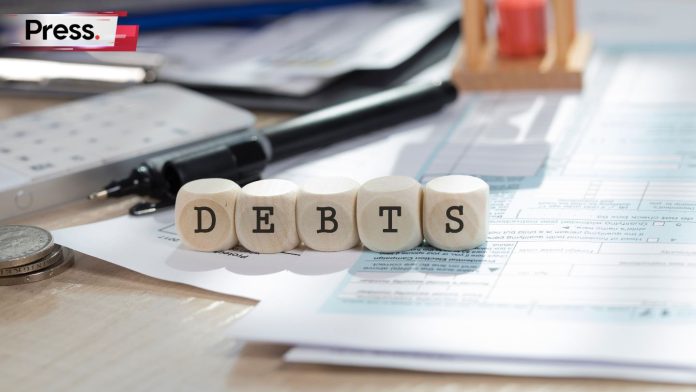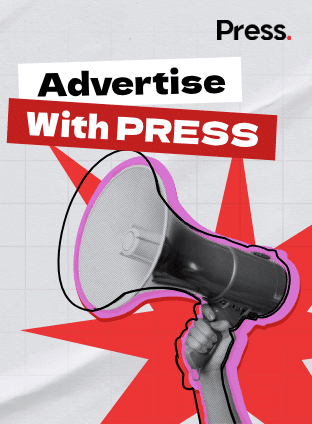Key Takeaways
- Liabilities represent what a business owes, money, goods, or services.
- They are divided into current and non-current liabilities on the balance sheet.
- Managing liabilities helps maintain good cash flow and long-term stability.
- Common examples include loans, accounts payable, and taxes owed.
- Understanding liabilities helps businesses plan smarter and stay financially healthy.
Table of Contents
ToggleA liability is a company’s legal or financial obligation, money or service owed to another party. It’s what a business must pay, deliver, or settle in the future due to past transactions.
In accounting, liabilities are recorded on the statement of financial position (balance sheet) alongside assets and equity, forming part of the fundamental equation:
Assets = Liabilities + Owner’s Equity
This shows that every asset a company owns is financed either through debt (liabilities) or owner investment (equity).
Why Liabilities Matter
Liabilities are not just about debt, they’re about responsibility and financing. They tell you how your business funds operations, manages obligations, and plans for growth.
Here’s why they matter:
- Help measure financial leverage, how much of your business is funded by debt.
- Assist in cash flow planning, ensuring you meet payments on time.
- Provide a clear picture of creditworthiness to banks and investors.
- Affect your ability to expand or borrow in the future.
“Healthy businesses don’t avoid liabilities, they manage them with strategy.”
— Senior Accounting Consultant
Types of Liabilities in Business
Liabilities are grouped by when they’re due: current, non-current, and sometimes contingent.
Type | Description | Examples | Payment Timeline |
Current Liabilities | Debts due within 12 months | Accounts payable, short-term loans, taxes payable | Less than 1 year |
Non-Current Liabilities | Long-term debts or obligations due after 12 months | Bank loans, lease liabilities, bonds payable, provisions such as product warranties | More than 1 year |
Contingent Liabilities | Potential future obligations | Lawsuits, guarantees | Conditional / uncertain |
Note: Current and non-current liabilities will be recognised when criteria are met, while contingent liabilities will be disclosed in notes.
Difference Between Assets and Liabilities
Assets are what your business owns. Liabilities are what your business owes.
A healthy business keeps assets higher than liabilities, maintaining a positive net worth (equity).
Category | Assets | Liabilities |
Definition | Resources owned by the business | Obligations owed to others |
Examples | Cash, property, inventory | Loans, accounts payable, taxes |
Goal | Generate revenue | Be repaid or settled |
Balance Sheet Position | If in T-account, asset will be on left side Debit side | If in T-account, asset will be on right side |
Fact: In statements on financial position(Balance sheet), most entities present a vertical format with assets first, then equity and liabilities.
Common Examples of Liabilities
No matter the size of your business, liabilities exist in everyday operations.
1. Accounts Payable (AP)
Money owed to suppliers or vendors for goods and services received.
2. Loans Payable
Short- or long-term borrowing from financial institutions, often used to fund expansion or working capital.
3. Taxes Payable
Unpaid income tax (owed to LHDN/IRBM) or Sales Tax/Service Tax (SST) (administered by the Royal Malaysian Customs Department).
4. Accrued Expenses
Expenses incurred but not yet paid, such as salaries, rent, or utilities.
5. Unearned Revenue
Customer deposits or advance payments are contract liabilities under IFRS 15. They’re usually current, but can be current or non-current based on when you expect to deliver the goods/services.
How Liabilities Appear on a Balance Sheet
Liabilities are usually presented in order of maturity, meaning the ones due soonest appear first.
Example layout:
- Current Liabilities: Accounts payable, short-term loans, accrued expenses.
- Non-Current Liabilities: Long-term loans, lease obligations, deferred tax liabilities.
Here’s a simplified sample for a Malaysian SME:
Item | Category | Value (RM) |
Bank Loan | Non-current Liability | 200,000 |
Accounts Payable | Current Liability | 45,000 |
Taxes Payable | Current Liability | 10,000 |
Lease Obligation | Non-current Liability | 30,000 |
Total Liabilities: RM 285,000
(Illustration only, actual figures vary by industry and company size.)
How to Manage Liabilities Effectively
Having liabilities isn’t the issue, how you manage them is what matters.
1. Track Due Dates and Payment Terms
Keep a clear schedule of all payment obligations to avoid penalties or missed deadlines.
2. Refinance Wisely
If interest rates drop or cash flow improves, refinance high-interest loans to reduce costs.
3. Use Financial Ratios
Monitor leverage (for example., debt-to-equity, debt-to-assets) relative to your industry and peers. What counts as “healthy” varies widely; avoid universal cutoffs like “< 1.0 is always good.”
4. Automate Accounting
Use software like Financio, Xero, or QuickBooks to automatically record payables, generate reports, and set reminders.
5. Separate Short- and Long-Term Plans
Use short-term liabilities for day-to-day operations and long-term ones for investments or expansion.
“The goal isn’t to have zero debt, it’s to have the right kind of debt.”
Liabilities vs Expenses
A common misconception is treating all expenses as liabilities.
Here’s how they differ:
Aspect | Liability | Expense |
Definition | Obligation owed to another party | Cost incurred during operations |
Example | Loan payable, taxes payable | Rent, salaries, utilities |
Timing | Future obligation | Current period cost |
Balance Sheet / P&L | Appears on balance sheet | Appears on profit & loss statement |
Expenses reduce your profit, while liabilities affect your financial position.
Why Understanding Liabilities Builds Better Businesses
Liabilities give insights into how your business is structured and financed. When managed strategically, they can be powerful tools for growth.
- Enable business expansion through financing.
- Improve reputation with banks and investors.
- Help forecast cash flow and liquidity.
- Allow better negotiation with suppliers through credit terms.
Smart accounting teams use liability data to plan budgets, control spending, and maintain a sustainable debt ratio.
Conclusion: Understanding Liabilities Helps Build Stronger Businesses
Liabilities aren’t just debts, they’re part of your business’s growth story. The key is knowing what you owe, managing it efficiently, and planning ahead.
By understanding your liabilities, you gain control over your financial health and make decisions that strengthen your long-term stability.
Disclaimer: This article is intended for informational and educational purposes only. It does not constitute financial or legal advice. Readers should consult a qualified professional before making financial decisions.
Frequently Asked Questions About What is Liabilities
What is a liability?
A liability is a company’s financial obligation, money or service owed to another party.
What are examples of liabilities?
Common examples include loans, accounts payable, and taxes owed.
Are liabilities bad for business?
Not necessarily, they help fund growth and operations when managed properly.
What is the difference between assets and liabilities?
Assets are what you own; liabilities are what you owe.
What is a current liability
A debt due within one year, such as taxes or accounts payable.
Why is it important to record liabilities?
Accurate recording ensures transparency, compliance, and informed decision-making.


